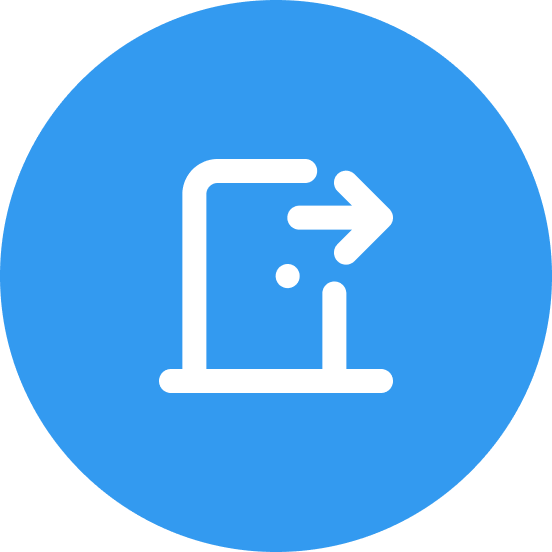Understanding API Monetization
In today's data-driven world, Application Programming Interfaces (APIs) have grown from an internal method of communication, to something essential for serving data and algorithm access to customers of all kinds. With the growth of AI, business to business communication, and data harvesting, the need for monetizing and sharing your API with the outside world has become not just a priority, but a necessity for generating revenue and taking the biggest advantage of intellectual property. In this blog post, we'll delve into the world of API monetization, explore the benefits of Threshold API, and provide insights into how your business can leverage this service to unlock new revenue streams.
API monetization refers to the process of generating revenue by offering access to your APIs to external developers, partners, or third-party organizations. By enabling others to build applications and services on top of your API, you open the door to various monetization models, such as:
Subscription-based: Developers pay a recurring fee to access your API at different usage tiers.
Freemium: Offer a basic version of your API for free, while charging for premium features or higher usage levels.
Pay-as-you-go: Users are charged based on the volume of API calls they make, with higher tiers having larger or possibly unlimited quotas.
Introducing Threshold API
Threshold is a revolutionary, cloud based tool for tracking, monetizing, and protecting your API. With few software changes, Threshold takes control of your billing, customer experience, quota management, and onboarding, allowing you to focus on the rest. With our partnership with major secure billing platforms, Threshold API leverages security, design, and user experience best practices to provide a seamless and hassle-free experience for both API providers and consumers.
Creating a Project with Threshold
Once you have your ThresholdAPI account created and verified, head over to our new project wizard:
To complete this first step, you’ll need a few pieces of information:
Your project display name. This is what will be displayed to your customers, so choose something that makes sense and matches your branding! (eg., EZFlights API)
A project identifier. This is what will be used in your Threshold URLs. This could theoretically be anything, but we recommend something that matches your display name. (eg., ezflights-api)
A support email. This is what your customers will use for help, support, or any issues they have.
A Project Logo. This will be shown to your customers during login/signup, and will be used on emails.
Creating a Plan
The next step is creating your plan pricing and descriptions for pricing tiers. You can have a maximum of 5 plans, and 5 Value Propositions for each plan describing the perks of that plan. Each plan can have a monthly and yearly pricing (In US dollars), and an optional maximum API call quota, which will cut off access to your API once the quota is maxed out.
we a
Here’s an example of a free plan, meant for developers:
With this plan, it's made clear through the value propositions that this is for development only, and has a hard cap on how many calls are available. Here’s an example of a monthly paid plan:
Next, you connect Threshold to your API. There are three options here:
Whitelist:
Has your API behind a firewall, meaning the only traffic in and out is through Threshold.
For this option, you whitelist our external IPs through your API firewall, and use that to authenticate.
API Key
You provide an unlimited use API Key, and header for its placement, and we make calls to your API on your customers behalf, using that key.
Basic Authentication:
Provides easy authentication with a username/password, but easily sniffed.
The final step is to configure any custom domains. Threshold automatically creates and provisions URLs for API access and a user access portal. If you’d like, you can instead use your own custom domain for these deployments. You must give a subdomain that Threshold can have full access over, and Threshold will take care of the rest.
That’s it! If any settings are missing, you’ll be alerted on the Review page. Simply press the “Create Project” button and your project will be created and deployed within 10 minutes.






